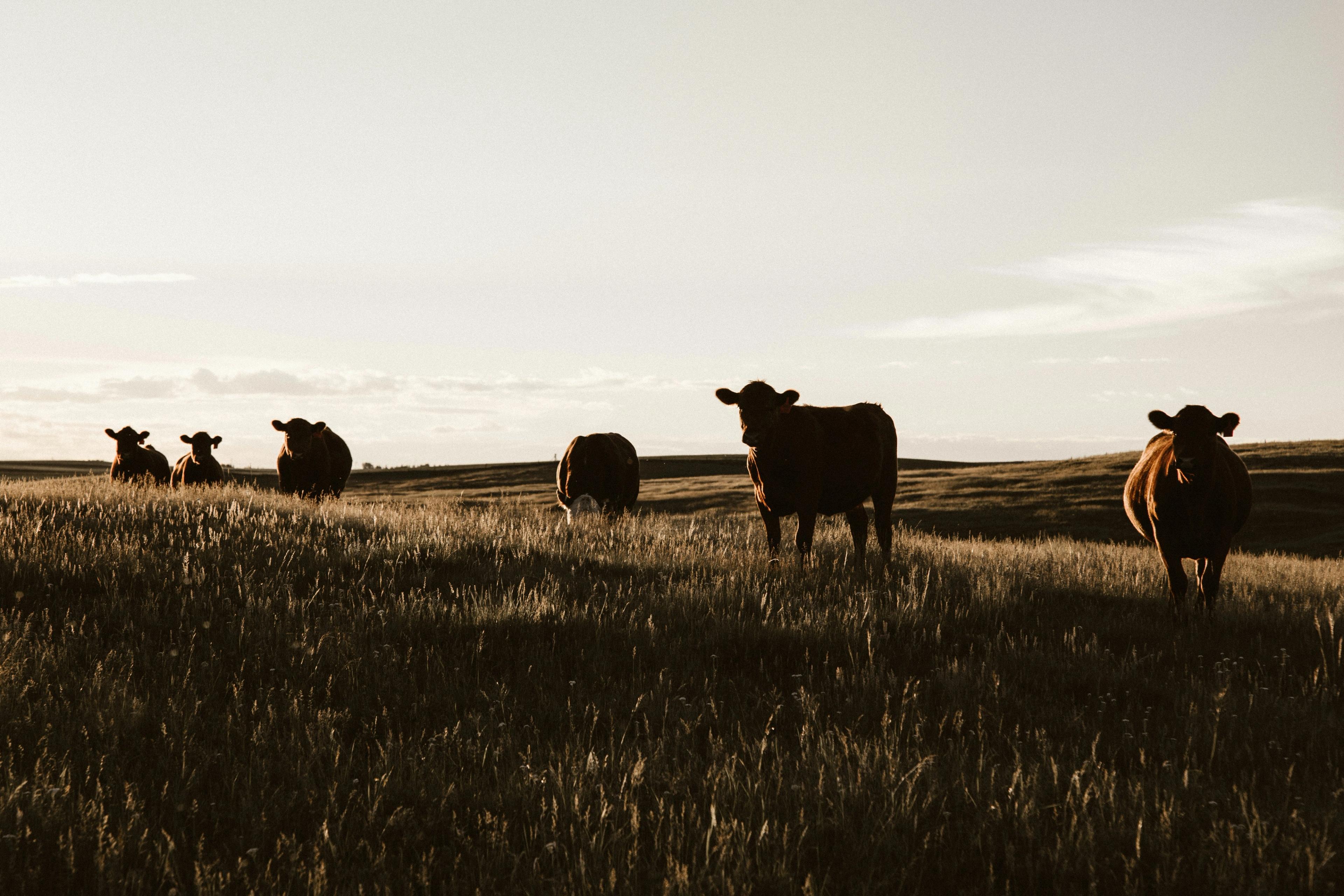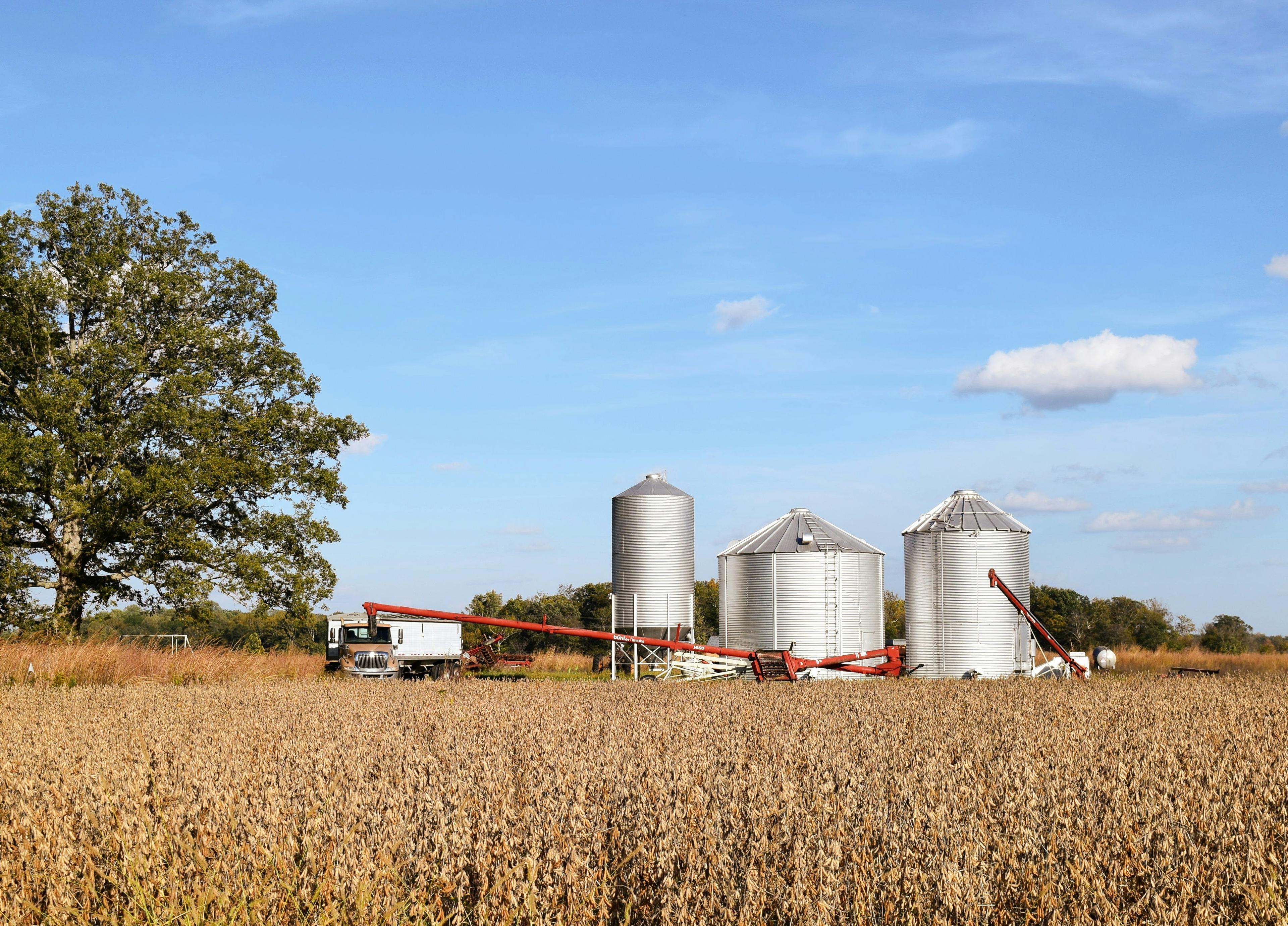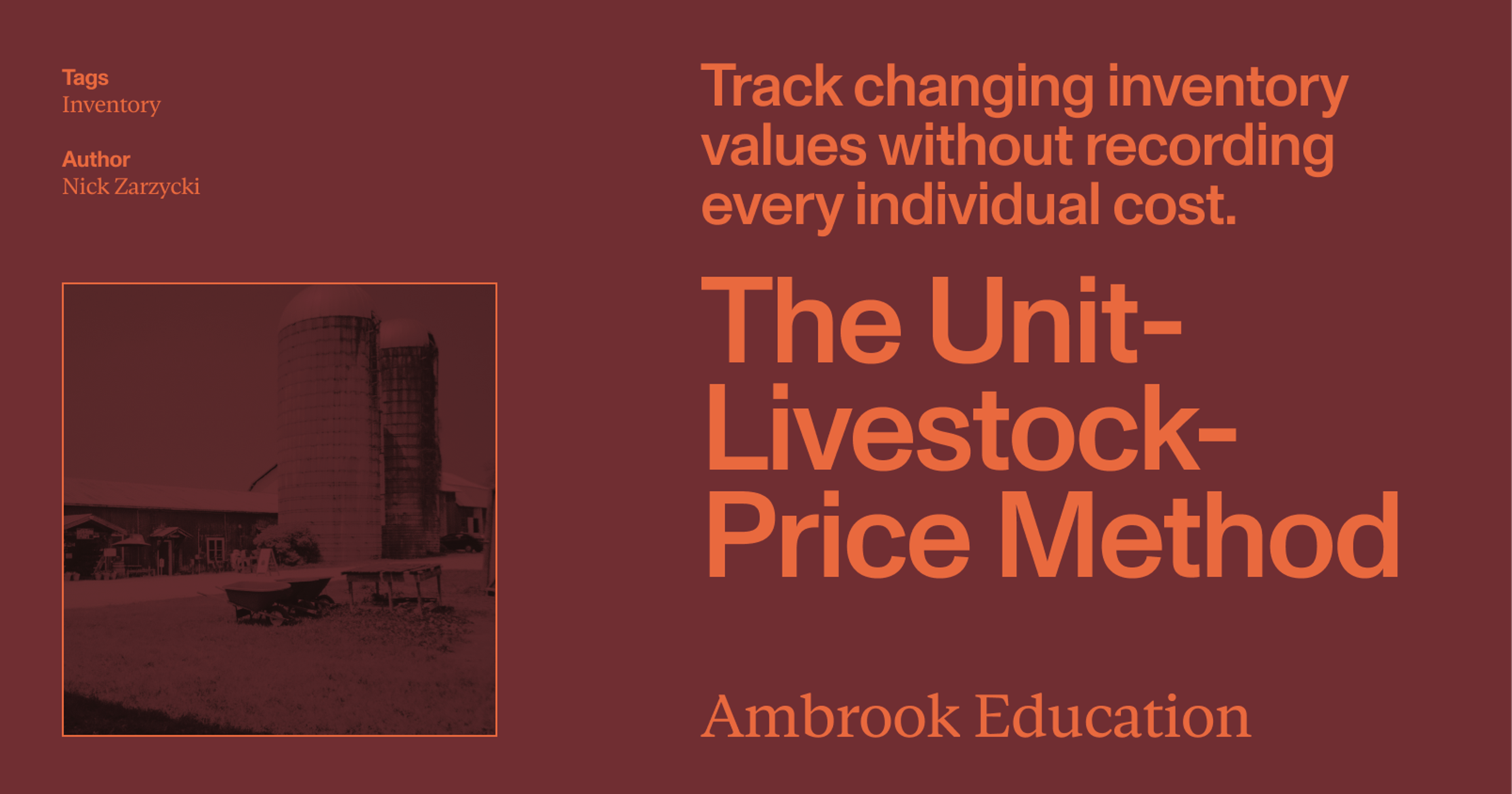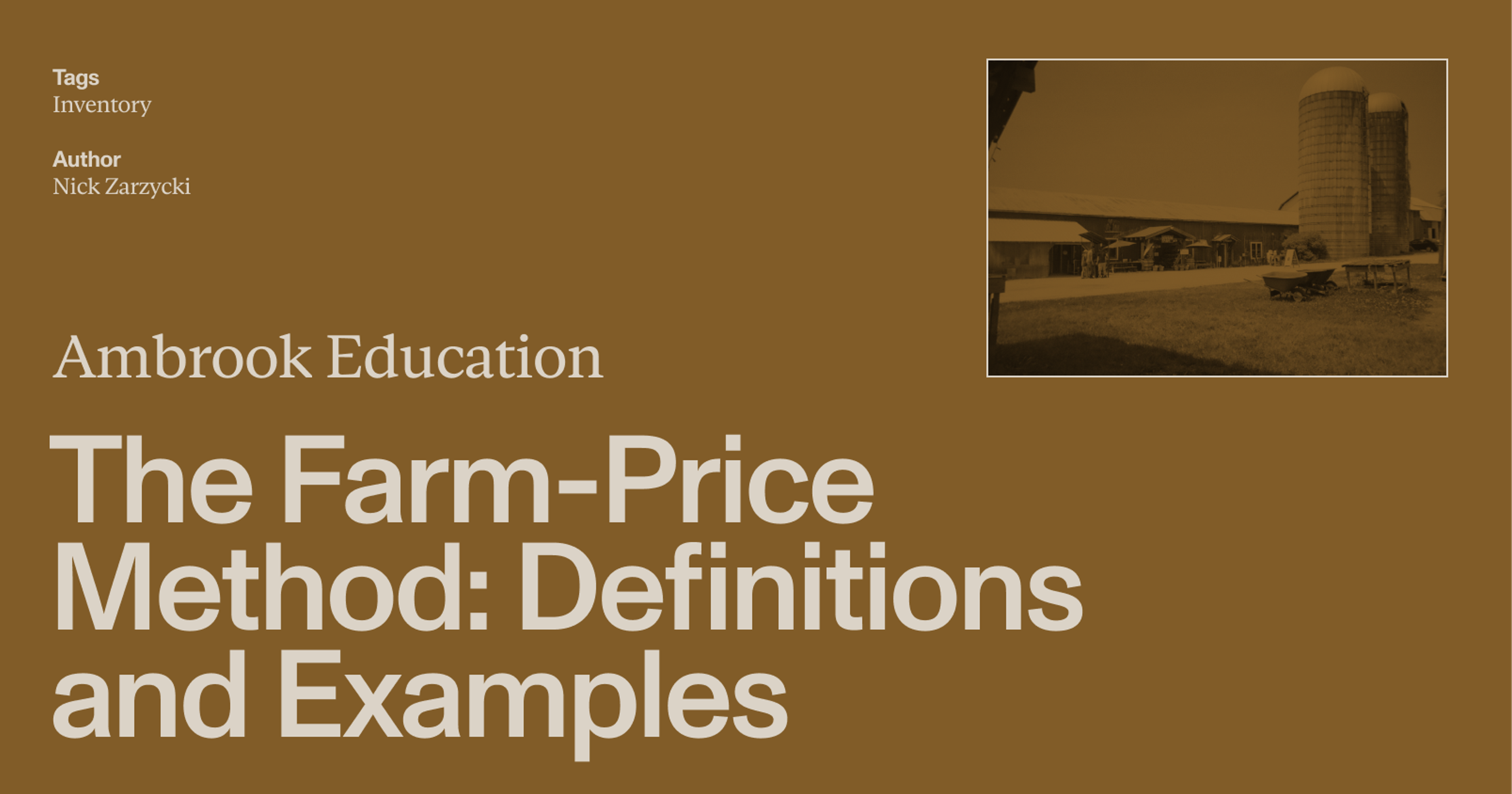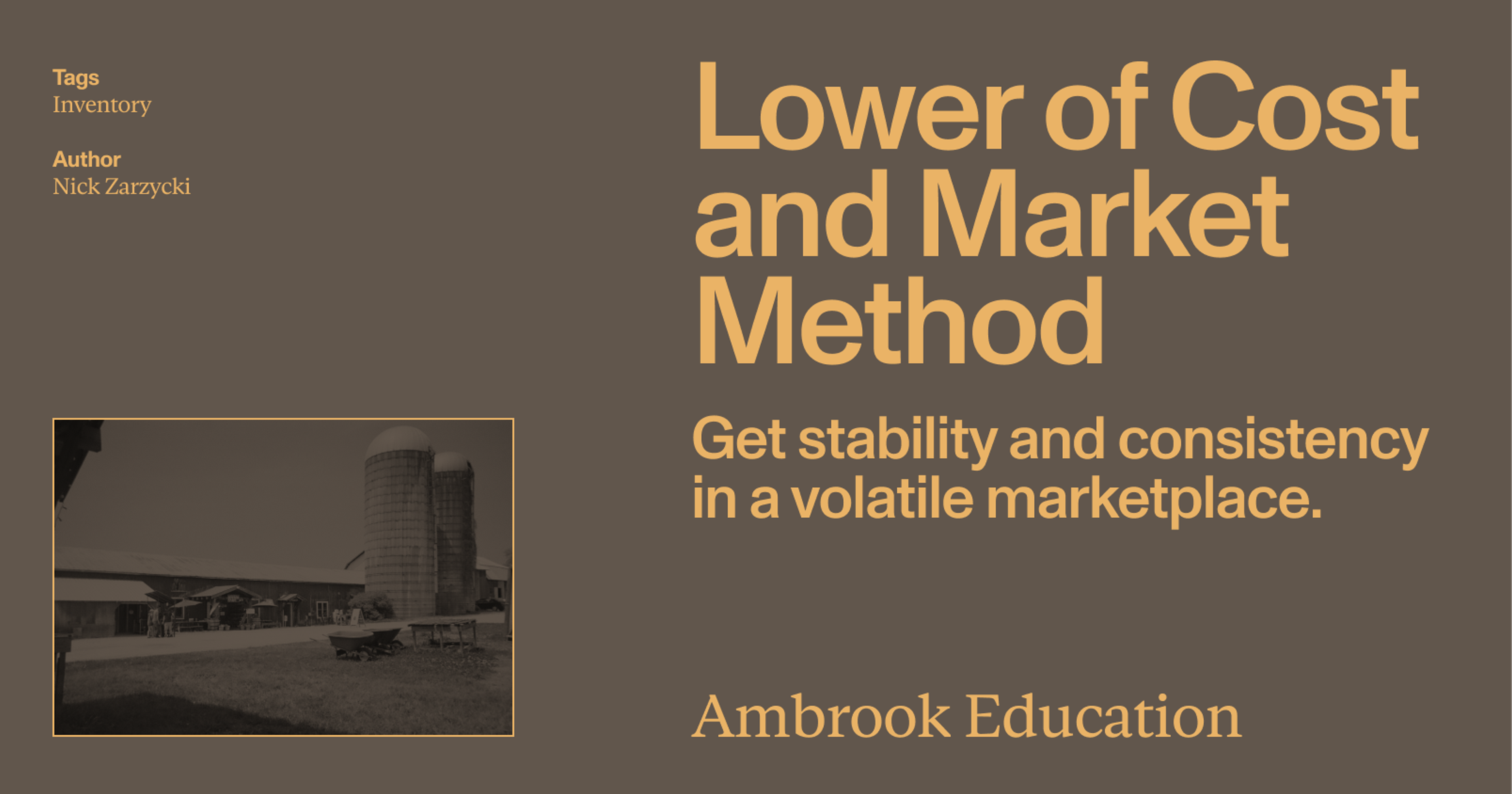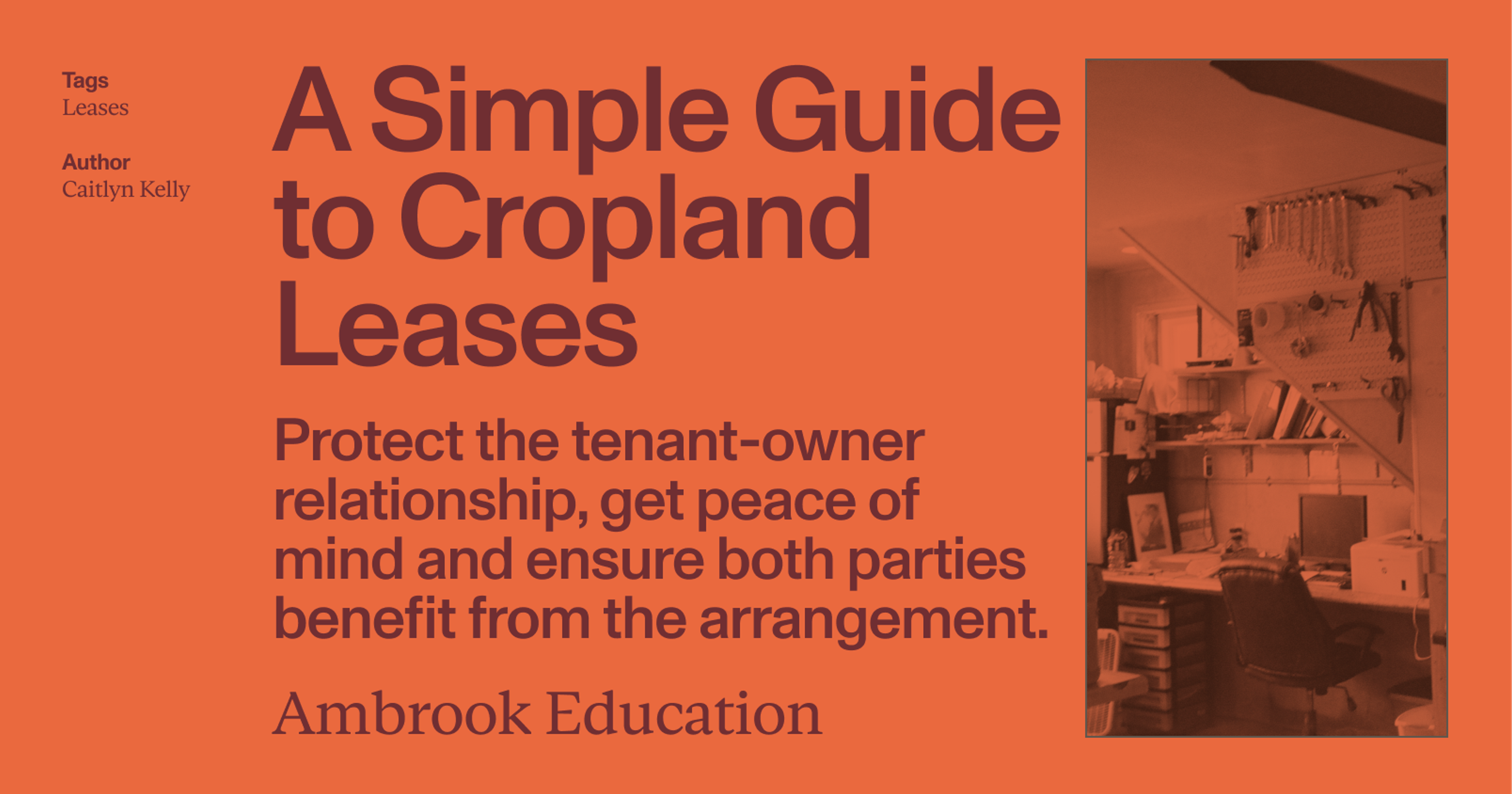When it comes to structuring their business, many agricultural producers prefer to start simple, beginning as sole proprietors or entering partnerships. Here’s what that means for your operation.
Choosing how to structure your farm or ranch business is one of the most important decisions you’ll make, affecting everything from taxes, to access to credit and liability, to day-to-day operations and long-term succession or transfer goals.
Sole proprietorships and partnerships are often the most flexible and straightforward business structures to operate, requiring little paperwork or setup. But they also come with some key tradeoffs that are worth understanding, and there are some telltale signs for when it might make sense to transition to another structure.
Here we’ll walk through how sole proprietorships and partnerships function, including formation requirements, how they are taxed, what risks they carry, and how they fit into your operation’s long-term plan.
Sole proprietorships
A sole proprietorship is the default business structure when a single individual owns and operates a business. If you farm or ranch under your own name and have not formed a separate entity (like an LLC or corporation), you are already considered a sole proprietor.
How they’re formed
There is no formal filing required to form a sole proprietorship at the federal level. However, most states and counties require some or all of the following:
State or local business licenses or operating permits.
“Doing Business As” (DBA) registration if you operate under a trade name instead of your personal name.
An Employer Identification Number (EIN) if you hire employees or file certain federal excise taxes. Otherwise, you may use your Social Security number.
Unlike LLCs or corporations, there is no state-level registration or articles of organization required.
Legal & liability considerations
A sole proprietorship is not legally separate from its owners. That means the owner has unlimited personal liability for business debts and obligations. If your business faces a lawsuit or defaults on a loan, your personal assets (such as your home, savings and vehicles) can be used to satisfy those debts. Liability insurance can help mitigate that risk, but it doesn’t change the underlying legal reality that you and your business are one and the same, and insurance coverage has its limits.
Taxation
For tax purposes, a sole proprietorship is straightforward. You report your business income and expenses on Schedule F (Profit or Loss from Farming) or on Schedule C if the income isn’t related to farming, and file that along with your Form 1040 individual return. You’ll pay income tax on any profit and also self-employment tax (Schedule SE), which covers Social Security and Medicare. You can claim and deduct typical agricultural expenses such as feed, fuel, repairs, and depreciation (Form 4562, Depreciation and Amortization), if applicable.
Paying yourself
Because the business and the individual are the same legal entity (you are not an employee of your own business), you don’t take a paycheck. Instead, you pay yourself through “owner’s draws.” These draws are not tax-deductible business expenses: they represent withdrawals of after-tax profit and are a way of moving after-tax money from your business account into your personal one.
Record keeping & compliance
Even without a formal structure, accurate and consistent recordkeeping is a non-negotiable part of running a business. The IRS requires you to keep complete, well-organized financial records not only for tax reporting but also to demonstrate the legitimacy of your operation as a business rather than a hobby.
At a minimum, producers should maintain separate bank accounts for business and personal use because it helps to establish a clear financial boundary between you and your business. You should also track the basis of all capital assets, including breeding livestock, machinery, buildings and land improvements. Knowing what you paid for an asset and how depreciation has been applied becomes critical when selling or transferring those assets later. Keep receipts, invoices and supporting documentation for every deductible expense—if you claim it, document it.
Future planning
A sole proprietorship can function indefinitely, but it ends when the owner does. When a sole proprietor dies or becomes incapacitated, the business itself ceases to exist. Its assets must be transferred through the owner’s will or trust. Without an estate plan in place, those assets will go through probate, which can delay or complicate transitions. Setting up a living trust, naming beneficiaries, or using transfer-on-death deeds can help keep the operation intact across generations.
Sole proprietorships: the bottom line
Sole proprietorships work best for single-operator farms and ranches or early-stage ventures still finding their footing. They’re simple, inexpensive and flexible, but they come with personal financial exposure that becomes increasingly risky as the business grows.
Partnerships
A partnership is formed when two or more people agree to operate a business together and share profits and losses. This is common in agriculture with siblings co-owning a ranch, a husband and wife farming jointly, or neighbors collaborating on shared ground or equipment.
Partnerships can take several forms. In a general partnership, all partners manage the business and share in its debts and obligations equally. A limited partnership adds a layer of distinction that at least one partner (the general partner) runs the business and assumes full liability, while others act as limited partners whose liability is capped at their investment. Some states also recognize limited liability partnerships (LLPs), which can offer protection from the actions of other partners, though these are less common in agriculture.
How they’re formed
While it’s possible to create a partnership through nothing more than a handshake and shared bank account, it’s wise to draft a written partnership agreement. A well-drafted agreement outlines each partner’s capital contribution, ownership percentage, management authority, and share of profits and losses. It should also spell out how new partners can join, how disputes are handled, and what happens if one partner wants to exit or passes away. These terms become crucial during periods of stress, transition, or family change.
Legal & liability considerations
From a legal perspective, partnerships are separate from their owners for reporting purposes, but not for liability. Each partner can be held personally responsible for the debts and obligations of the business, and even for the actions of another partner made in the normal course of operations. For example, if one partner signs a loan, damages property, or causes an accident while hauling livestock, the other partners could share responsibility. For this reason, many family partnerships eventually transition to an LLC or LLP structure to limit liability while preserving their collaborative management.
Taxation
For taxes, partnerships are considered “pass-through” entities. This means the partnership itself doesn’t pay federal income tax: instead, it files an informational return on Form 1065 (U.S. Return of Partnership Income), which reports the operation’s income, deductions, and credits. Each partner receives a Schedule K-1 showing their share of the partnership’s income or loss, which they then report on their individual Form 1040. Partners pay income tax and self-employment tax (Schedule SE) on their share of earnings.
Paying yourself
Partners cannot receive traditional wages or salaries from the business because they’re not employees. Instead, they are compensated through two mechanisms recognized by the IRS—(1) guaranteed payments, and (2) distributive shares.
Guaranteed payments are fixed amounts paid to a partner for specific services or capital contributions, similar to a salary substitute. These payments are deductible by the partnership as a business expense and are taxable to the partner as ordinary income, subject to self-employment tax.
In addition, each partner reports their distributive share of the partnership’s net profit or loss, as outlined in the partnership agreement. This share is taxable to the partner whether or not it’s actually distributed as cash. In most agricultural partnerships, distributive shares are determined based on ownership percentages or another agreed-upon formula reflecting each partner’s role in the operation.
Recordkeeping & compliance
Like sole proprietorships, partnerships require clear and consistent recordkeeping. Each partner should maintain a capital account that reflects their contributions, distributions, and share of earnings. Major decisions, such as taking on new debt, purchasing property, or changing ownership percentages should be documented in writing.
Future planning
Succession planning is one of the most critical and often overlooked aspects of a partnership. Without a written buy-sell or continuation agreement, a partnership may automatically dissolve when one partner dies, withdraws, or becomes incapacitated. That can trigger unwanted tax consequences, disrupt operations, and complicate the inheritance process. Including buyout provisions, maintaining adequate life insurance to fund those buyouts, and updating agreements as the business evolves can help ensure stability through change.
Partnerships: the bottom line
Partnerships are well-suited to family operations, multi-operator farms, or ranches where management and ownership are truly shared. They offer flexibility and shared responsibility but also carry joint liability and potential complexity in both governance and transition.
Choosing between the two
Both sole proprietorships and partnerships offer simplicity and flexibility that make them attractive early on. They are inexpensive to start, relatively easy to manage, and provide direct access to ag-related deductions and credits. But both also expose owners to unlimited personal liability, and both require intentional planning for continuity.
For many producers, these structures serve as stepping stones that are effective for early growth, but then later give way to more formal entities such as LLCs or corporations, once the operation expands, takes on employees, or needs clearer ownership and management succession.
| Sole Proprietorships | Partnerships | |
|---|---|---|
| Legal Entity | Not separate from owner | Separate from owners for tax reporting but not liability |
| Formation Cost | Minimal | Moderate (drafting partnership agreement) |
| Taxation | Pass-through via Schedule F | Pass-through via Form 1065 & K-1 |
| Liability | Unlimited personal | Unlimited (unless it’s an LLP) |
| Recordkeeping | Basic notetaking; separate bank accounts than personal; “if you claim it, document it” | Requires each partner to have a capital account and keep records |
| Continuity | Ends at owner’s death | May dissolve without written agreement |
| Best For | Sole operator (beginning phase of a business) | Shared family or multi-operator ventures |
Looking ahead
Whether you are running cattle under your own name or managing a multi-family crop operation with shared equipment and land leases, understanding your business structure is critical to protecting your assets and planning for your future.
If you are unsure which approach best fits your situation, consider consulting an attorney or accountant familiar with agriculture. They can help you evaluate your liability exposure, your state’s specific filing requirements, and the tax implications of each structure.
As your operation grows, revisiting your business structure isn’t just good management, it’s part of ensuring your farm or ranch’s resilience for generations to come.
Set your business up for success with Ambrook
Keeping a complete set of farm financial records empowers you, your family, and your advisors to make important business decisions—like choosing the right business structure—based on facts rather than assumptions.
With time-saving bookkeeping automation features, automatically-generated financial reports, streamlined bill pay and invoicing, and other powerful accounting and financial management tools, Ambrook is more than just a bookkeeping and accounting tool. It takes the guesswork out of running your business. Want to learn more? Schedule a demo today.
Want to learn more about Ambrook?
This resource is provided for general informational purposes only. It does not constitute professional tax, legal, or accounting advice. The information may not apply to your specific situation. Please consult with a qualified tax professional regarding your individual circumstances before making any tax-related decisions.



